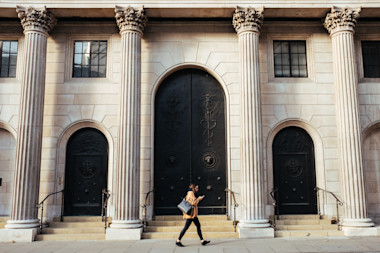
Sterling dips as UK jobs report disappoints
Sterling has lost some ground this morning following a softer than expected UK labour report. The unemployment rate rose as anticipated to 4.6% (from 4.5%), which is the highest reading since June 2021. The data also showed that average annual earnings (inc. bonuses) dropped to 5.3% (from 5.6%) versus expectations for a 5.5% rise. Furthermore, the number of people claiming jobless benefits has jumped by 33.1K (vs. an expected 9.5K rise) which is the most since July last year. This report suggests that the government’s hike to employer National Insurance contributions and the minimum wage (which came into force in April) is causing employers to hold off on hiring and increase layoffs. This rising unemployment and softer wage inflation could likely push the Bank of England to cut interest rates sooner than expected and markets are pricing in two further rate cuts before the end of the year. As a result, the GBP/EUR rate is down half a cent this morning and trading at a 4-week low. The GBP/USD is down a cent from yesterday’s high and towards the lower end of where it’s traded so far this month. Next up on the data front we have US inflation data tomorrow afternoon, UK GDP on Thursday, and US consumer sentiment data on Friday. More importantly, headlines surrounding today’s US-China trade talks could dominate the USDs performance depending on the outcome (positive talks would likely support the USD).
READ MORE







